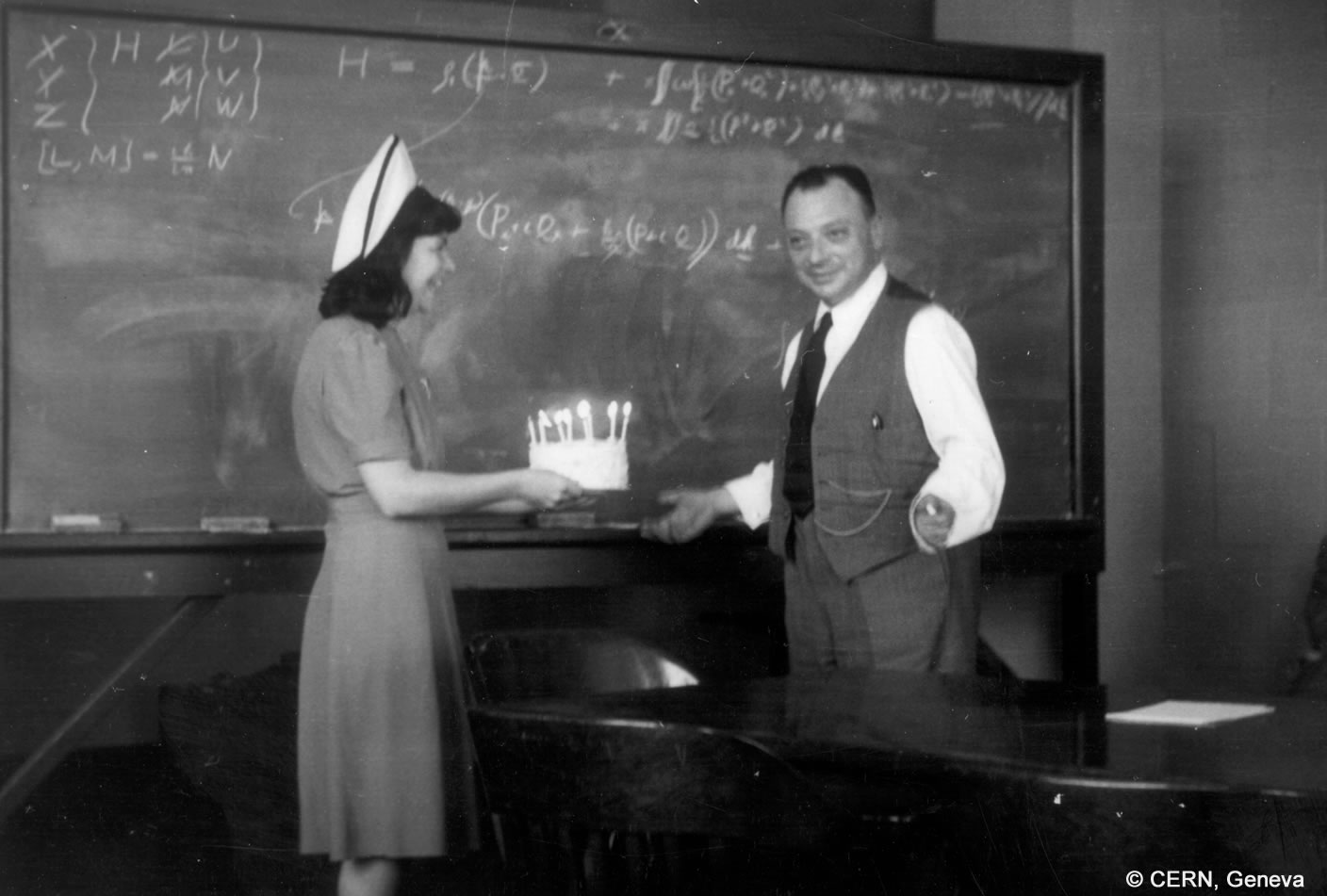Princeton

In Princeton, Wolfgang Pauli found himself at the centre of international physics research, which had shifted to the United States during the 1930s. A substantial contribution in this respect had been made by physicists emigrating from Europe, particularly Albert Einstein and Enrico Fermi. Wolfgang Pauli worked closely with Albert Einstein at the Institute for Advanced Study.

Theoretical basic research
Pauli first completed his work on spin and statistics in Princeton. Then, in close collaboration with the research group around Robert Oppenheimer, he turned to the meson theory of nuclear forces. Released from his teaching duties, Pauli had all the more time for pure research and was able to turn to more time-consuming topics. Wolfgang Pauli visibly conducted his theoretical fundamental research in the shadow of war research. Most of his well-known colleagues had joined the Manhattan Project to collaborate on the development of an atom bomb under Robert Oppenheimer’s leadership in Los Alamos. Since foreigners could not go to Los Alamos for security reasons, almost all of them remained with Pauli in pure research.